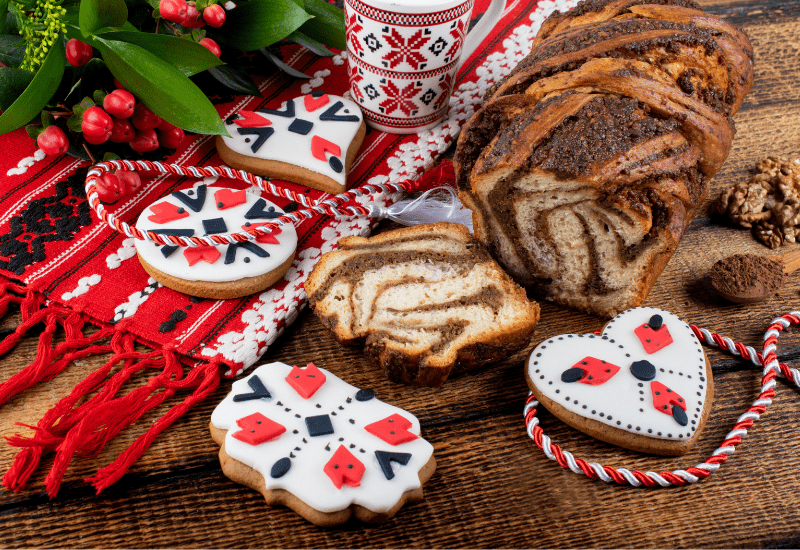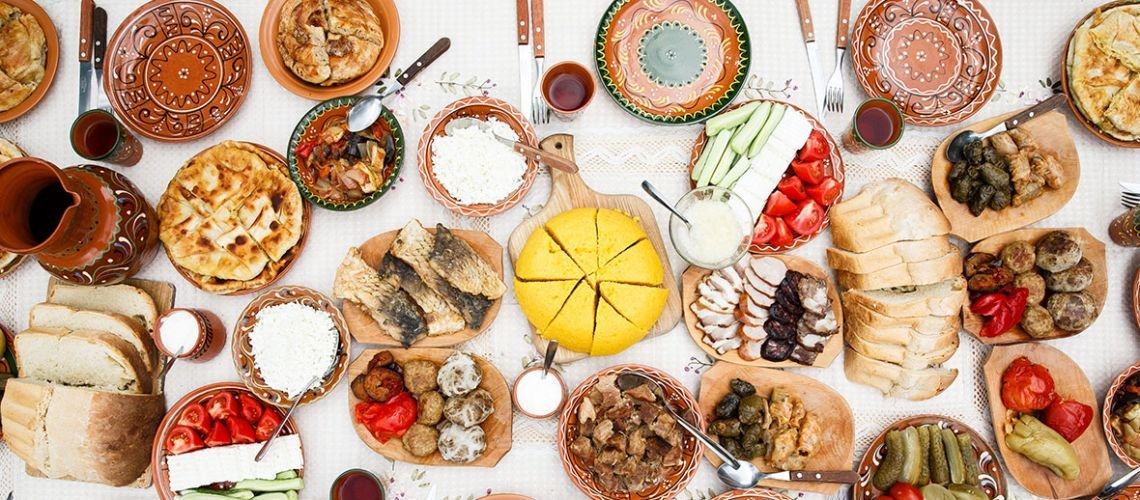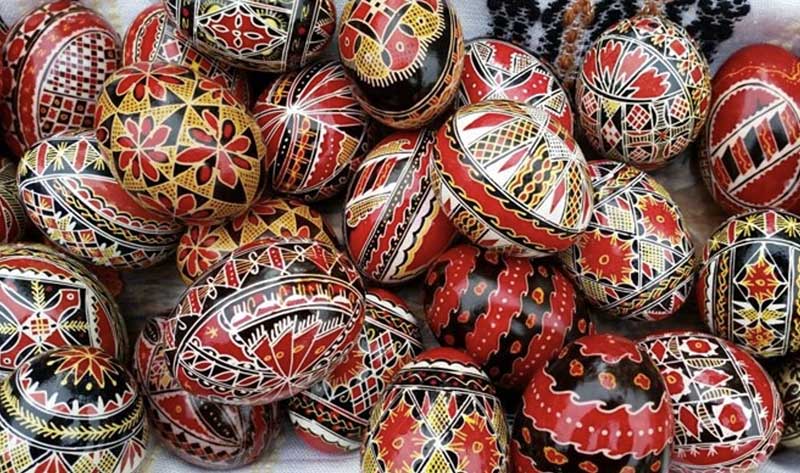In Romanian culture, pork eating is deeply intertwined with various traditions and customs, especially during festive occasions and celebrations. Here are some notable Romanian traditions related to pork eating:
- Winter Holidays (Crăciun and Revelion): During Christmas (Crăciun) and New Year’s Eve (Revelion), pork dishes feature prominently on the dining table. One of the most iconic dishes is “sarmale,” cabbage rolls filled with a mixture of minced pork, rice, and spices, often served with sour cream. Roast pork, usually served with pickles and traditional bread, is another staple during these festive meals.
- Easter (Paște): Easter is another important holiday in Romania, and pork dishes are commonly enjoyed as part of the celebratory feast. One of the traditional dishes is “drob,” a savory Easter pie made with minced lamb or pork, mixed with herbs, onions, and eggs, then baked in a pastry crust.
- Pig Slaughtering Traditions (Tăiatul Porcului): In rural areas of Romania, the tradition of pig slaughtering, known as “tăiatul porcului,” is still practiced, especially during the winter months. Families gather to slaughter a pig, and various parts of the pig are used to make sausages, cured meats, and other pork products. This tradition is not only a practical way of ensuring a supply of meat for the winter but also a social event that brings communities together.
- Special Occasions and Feasts: Pork dishes are commonly served during weddings, baptisms, and other special occasions in Romania. “Mici,” grilled minced meat rolls seasoned with garlic and spices, are a popular choice for celebratory gatherings. Additionally, dishes such as “ciorbă de perișoare” (meatball soup) and “piftie” (pork aspic) are often served at festive events.
- Traditional Pork Products: Romania is known for its various traditional pork products, including sausages (cârnați), salami (salam de Sibiu), and cured meats (șuncă afumată). These products are often handmade using age-old recipes and techniques, and they play a central role in Romanian cuisine.
- Seasonal Festivals and Fairs: Throughout the year, Romania hosts numerous festivals and fairs dedicated to food and culinary traditions. These events often feature a wide array of pork dishes, from grilled specialties to traditional stews and soups, allowing locals and tourists alike to experience the richness of Romanian cuisine.
In conclusion, pork eating in Romania is not just about food—it’s about preserving cultural heritage, fostering community bonds, and celebrating life’s special moments. The traditions surrounding pork consumption in Romania reflect the country’s agricultural roots, culinary creativity, and deep-seated sense of tradition and hospitality.




